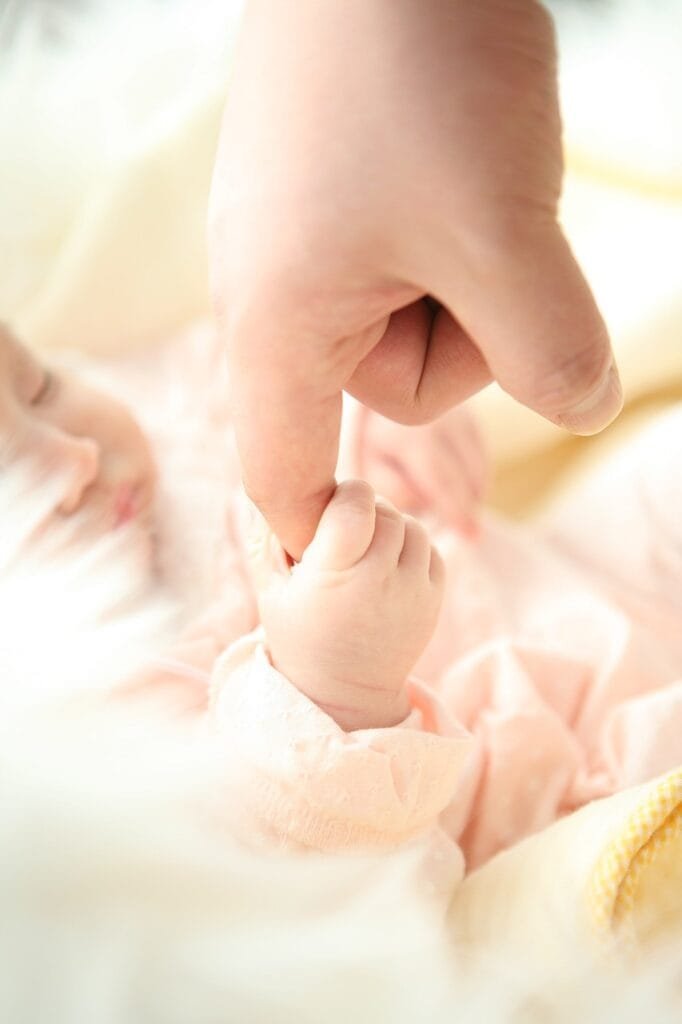Introduction

Identical twins, also referred to as monozygotic twins, are the phenomenon resulting from the splitting of one fertilized egg, which later develops into two embryos that eventually develop into two genetically identical individuals.
Origin of Identical Twins
The creation process of the identical twins starts with a sperm fertilizing an egg that results in the formation of a zygote. Normally, this zygote divides into two separate embryos. But, unlike fraternal twins, who come from two distinct eggs, respectively, fertilized by two distinct sperm cells, identical twins share the same genetic material. The zygote can split at many stages:
In the early stages of cleavage: separation occurs even as early as a few days after fertilization, and twins are going to have separate placentas and amniotic sacs.
Later stages: are those where splitting may occur after the formation of the placenta. Then, the twins only share a placenta but have distinct amniotic sacs.
Very Late Stage: In rare cases, following the formation of the placenta and amniotic sac, the zygote divides to produce conjoined twins; these are identical twins physically joined to each other.
Even though spontaneous in nature, the time when and also the mechanism by which zygote division occurs is not known.
Causes of Identical Twins
The causes of identical twinning are not yet well known, but studies have suggested many factors that can lead to its occurrence.
One central role is genetics. A woman who has a family history of identical twins is likely to be having identical twins herself, although the inheritance pattern is still quite unclear. The presence of a specific gene or set of genes that influence the likelihood of the zygote splitting might increase this possibility.
However, identical twinning is not an inherited condition such that it will be the same as that of the fraternal twinning. This means though a family can have a history of twins, their chance of having identical twins is increased, and it is not a sure thing to ensure a woman has them.
Other environmental factors can also play a role. For instance, although rarely decisive, studies have suggested that the mother’s age may play some role in affecting the likelihood of identical twinning. Women over the age of 35 are more likely to give birth to identical twins than younger women. Fertility treatment, or in vitro fertilization (IVF), has also been linked to a higher rate of multiple births and sometimes yields identical twins.
Risk Factors Associated with Identical Twinning
Several reasons: these are thought to be determinants of the occurrence of identical twins:
Age: As mentioned earlier, the greater age of a woman who is giving rise to a conception, especially when above the age of 35 years, leads to a more likely occurrence of identical twins.
Previous Multiple Pregnancies: Women who had many deliveries before will boost their chances of having identical twins.
Ethnicity: Some ethnic populations, especially those from African descent, are more prone to the occurrence of identical twins as compared to the members of some Asian populations that have a relatively low incidence.
Use of Fertility Treatments: While fertility treatments increase chances for fraternal twins, fertility treatments can increase the chances of identical twinning.
Nutrition: A body mass index and some studies suggest that better-nourished women have a higher chance of having identical twins.
While these conditions can predispose to more chances of identical twin birth, the phenomenon is quite rare and occurs in about 3 to 4 births per 1,000 births across the globe.
Health Implications for Identical Twins

The health of identical twins can vary substantially considering various factors, which include their shared genetic makeup, the stage at which the zygote divides, and their individual development in the womb.
Genetic Similarity: The same genetic make-up renders the identical twins almost identical in their vulnerability towards numerous genetic disorders. If any genetic disorder strikes one of the twins, a similar disease is likely to occur in the second twin. However, environmental influence and epigenetic modification may make them differ at different levels. For example, though they all share the same genetic predisposition to being obese, there are the main differences in their health profiles mainly determined by their lifestyles, for example, differences in diet and exercise.
Conjoined Twins: Sometimes, if the splitting of the zygote happens very late during development, conjoined twins are the outcome. These twins, though, possess crucial organs or body parts. Their survival depends upon the completeness of the fusion and the organs, including their functionality, involved in the aspect shared. Conjoined twins are very expensive patients in medical terms, and surgeons try separating them, but it is a very risky step.
Psychological Impact: Twins are said to have a particular bond of psychological connection that is sometimes called “twin connection.” They may highly empathize with each other and even have an intense emotional connection. However, this can also raise psychological problems if the twins cannot differentiate themselves from each other.
Health check-up: Identical twins should be under constant observation. They may have a shared placenta, a condition known as monochorionic twinning. This may predispose them to twin-to-twin transfusion syndrome, where one twin receives more blood than the other. This may cause serious health issues for both twins, such as failure of the heart or developmental delay in the less-privileged twin.
Conclusion

In the case of identical twins, biomedical science presents a unique subject in the basic cause of their formation. While still unknown, genetic and environmental factors influence the chances of twinning. These risks in the case of identical twins, mainly in conditions of conjoined twins or shared placental conditions, require special care from the medical team. Some other interesting features of their genetics would include possibilities for very detailed research, especially in genetics and environmental health influences. Identical twins do face many hardships in life, but they are certainly an interesting study subject related to human development and genetics.



